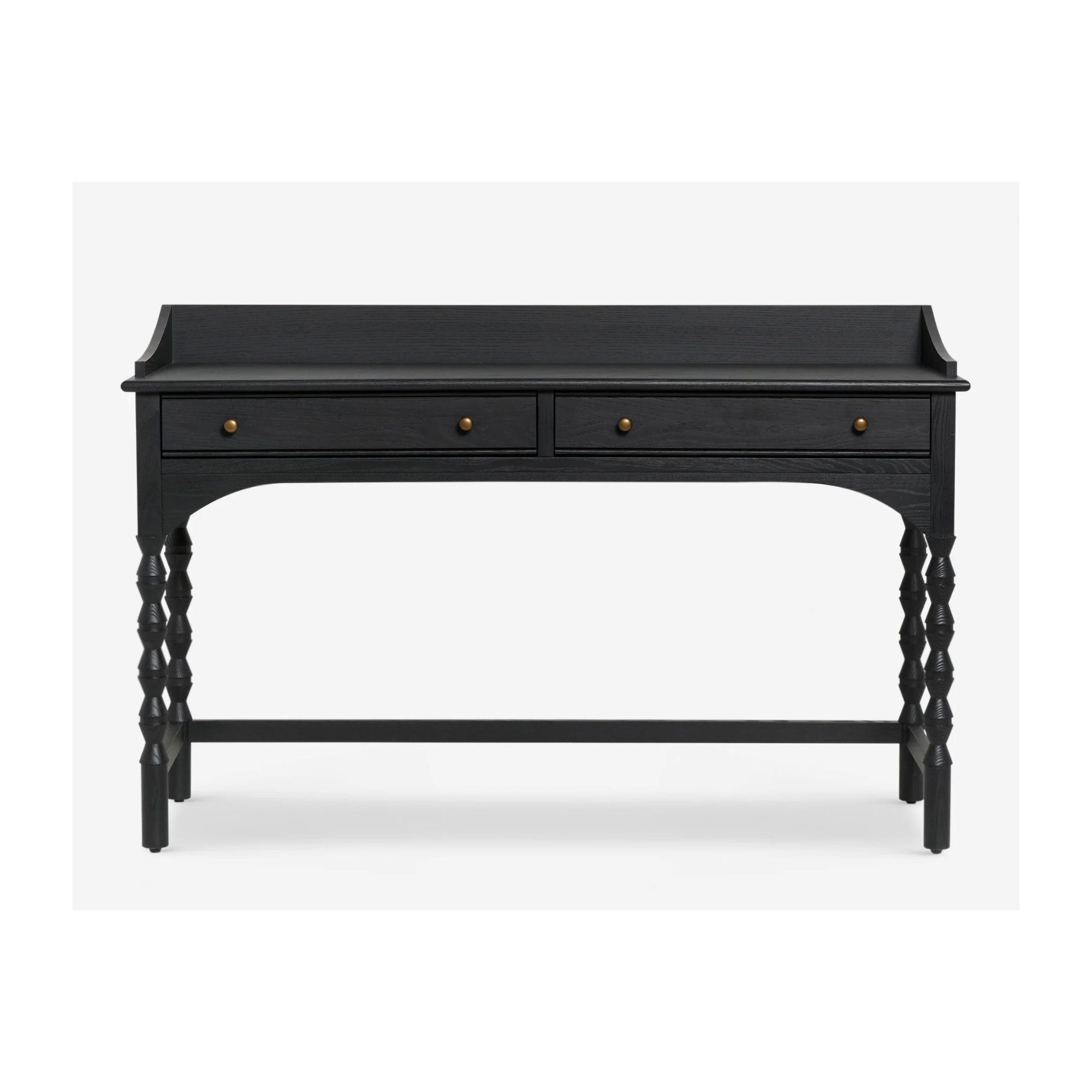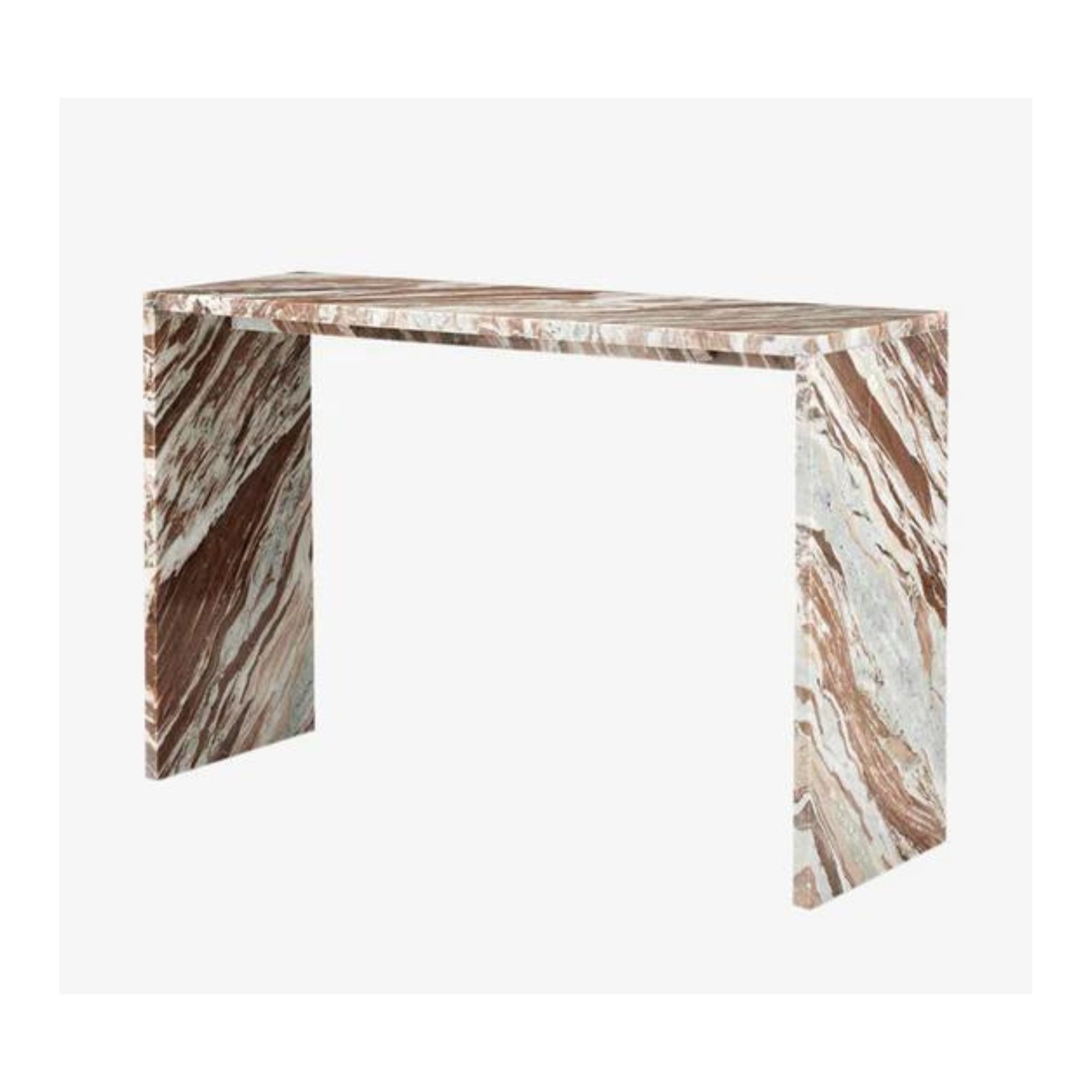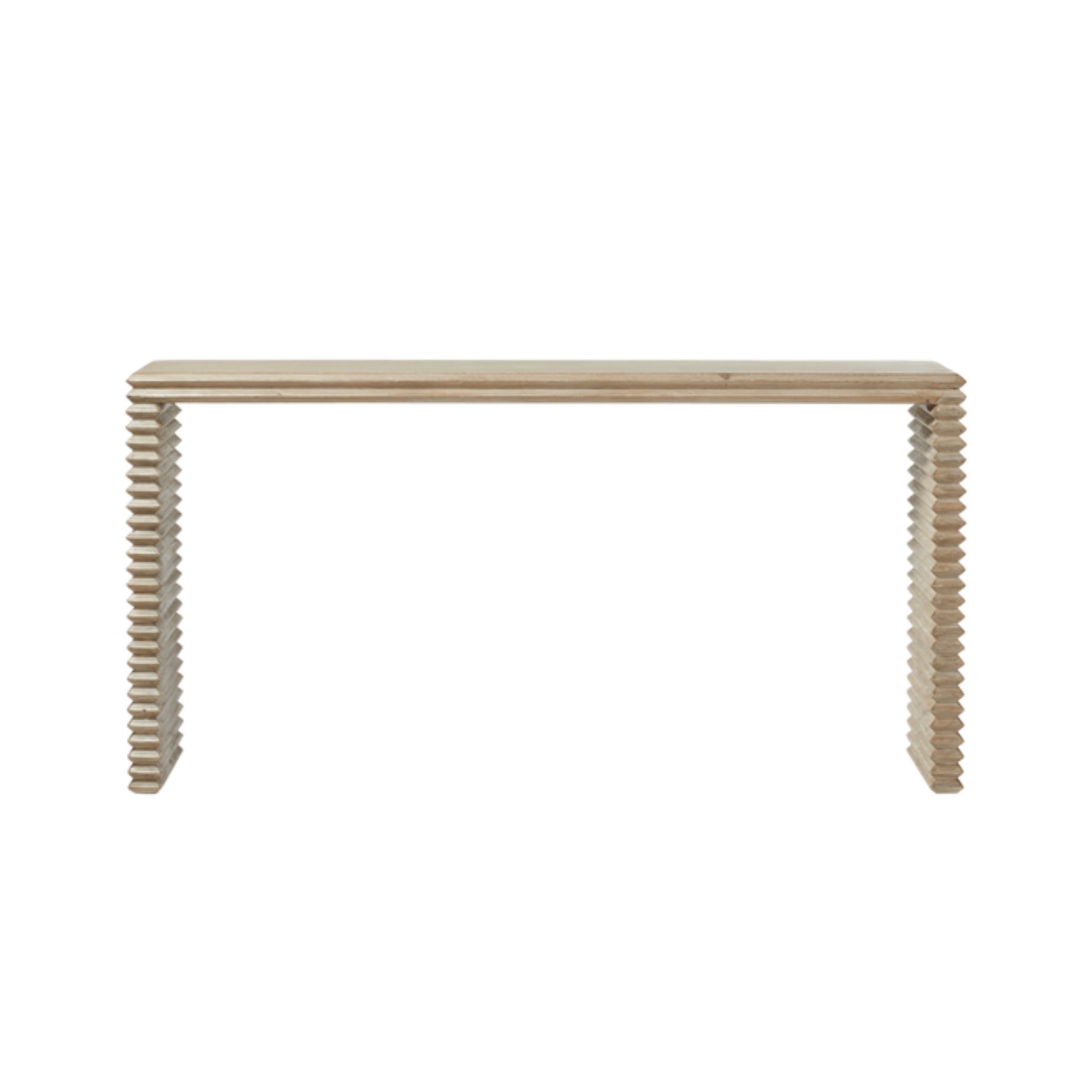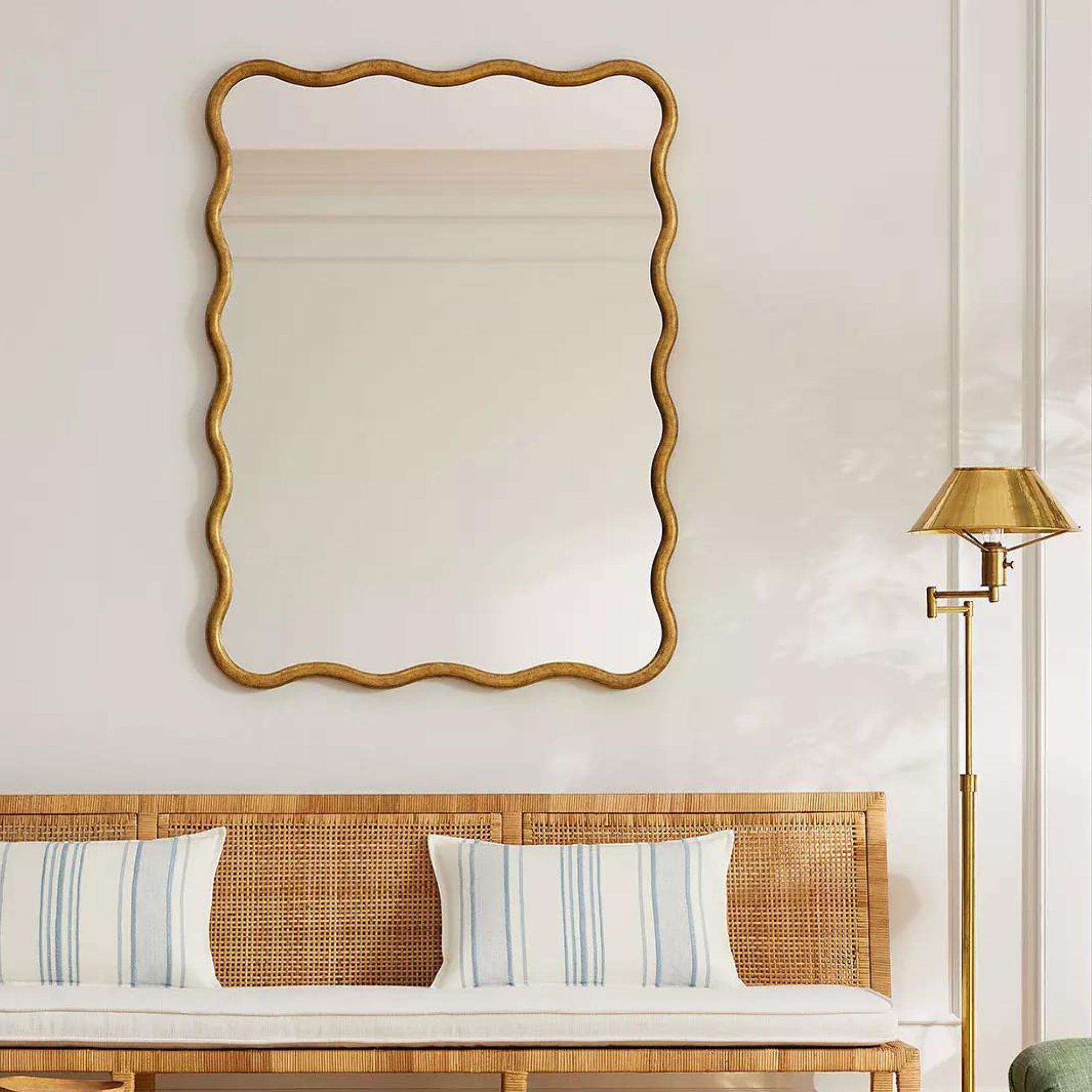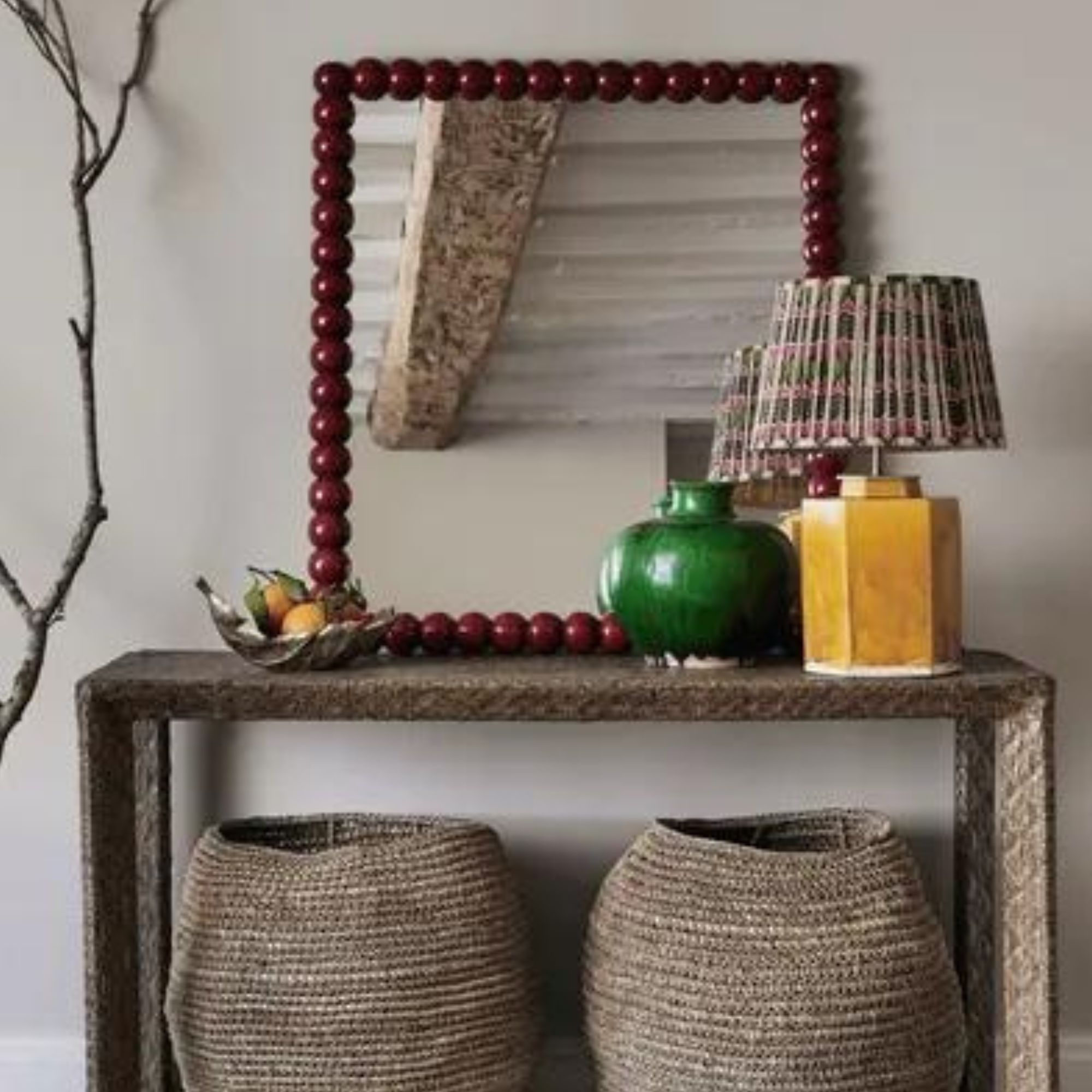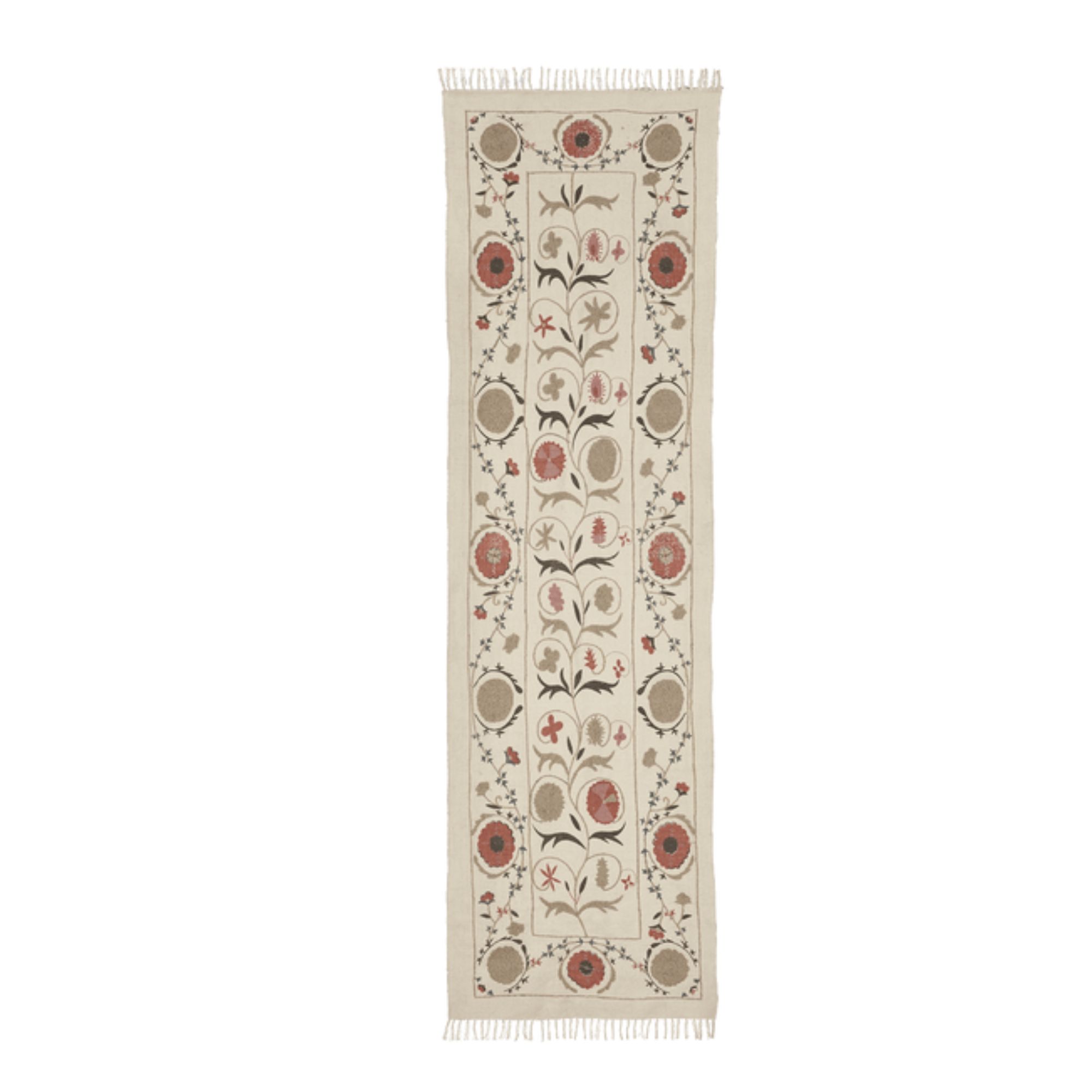How to make a functional and beautiful entryway when your home doesn't actually have one
No entryway? Here's how to create the illusion of one with 6 clever tips and tricks from interior design experts


Whether your front door opens up onto a grand foyer with sweeping stairs, directly into your living room, or down a narrow corridor, the entryway is the first impression of your home.
'The minute you walk in the door, it has to add up to who you are and tell the story of your home and who lives there,' says Anne-Marie Barton of AMB Design. The significance of an entryway is often overlooked. Not just a transitional space that takes you from outdoors to indoors, the entryway, hallway, or foyer implies the decor and mood of your home of the entire home.
If your home doesn't have a natural drop zone, and you're wondering just how to make an entryway when you don't yet have one, you can always create one. From clever zoning and strategic furniture placement to the addition of mirrors, rugs, and custom cabinetry, here are 6 expert-approved solutions to help you fake a foyer.
How to create an entryway
Without an obvious spot or even room for coats, shoes, bags, and keys, the entrance to your home can quickly become a dumping ground. Particularly if your home benefits from an open-plan layout.
'Why bother investing in considered interior design choices throughout your home if you neglect it right where it counts – as people take their first step through the door,' says Lauren Zeng, design expert from Homary. 'You don’t need a double marble staircase, official hallway, or giant chandelier to make a statement.'
All it takes is a stretch of wall, a corner, or even a nook to put together an 'entryway' space – you just have to get a little creative with it. And that's where the help of the experts comes in. Offering their ideas and suggestions for how to create a functional and beautiful entryway.
1. Define your entry space or area

The first (and most obvious) point of call is to identify a space near the main entrance to your home or the area where guests typically enter. This can be as simple as an empty expanse of wall, an unused corner, under the stairs, or perhaps a nook or alcove.
Design expertise in your inbox – from inspiring decorating ideas and beautiful celebrity homes to practical gardening advice and shopping round-ups.
'The key to creating an entryway when you lack a proper one is to define the space so that it appears that it was designed as an entryway,' says designer Shannon Eddings.
Then, you want to define a visual boundary with paint, paper, or furnishings. 'This can be achieved by adding wallpaper to the wall or with the use of light fixtures, furniture, or rugs. We tend to select one long empty wall in our client's homes as a designated 'entryway' and zone it with the use of wallpaper, light fixtures, furniture or rugs,' Shannon adds.
'Nooks make for great entry spaces, adds designer Linda Hayslett. 'Sometimes you might have a nook area or closet that can be made into an open entryway storage area for the entry. That way you can store shoes easily out of sight, but also drop keys and mail off in a tray or vessel.'

Shannon Eddings Interiors is a Texas based interior design studio founded in 2011 by native Texan, Shannon Eddings. Shannon was "born into the business" as they say with an interior designer mother and a grandmother with impeccable taste. She is passionate about using antiques and vintage in her projects to create one-of-a-kind spaces that exude an easy-going yet elegant feel.
2. Try out a table or bench
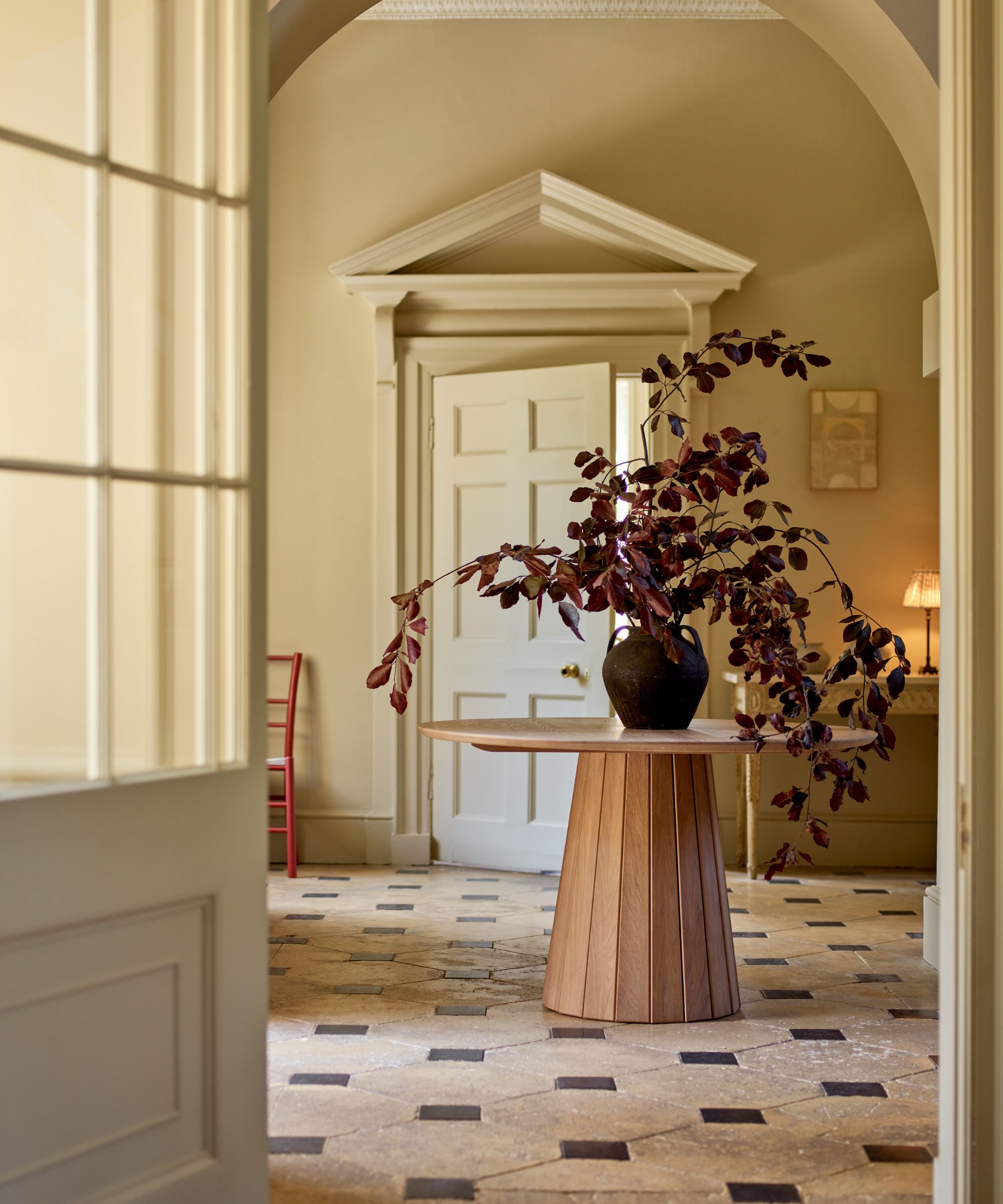
'If your home is lacking in a dedicated entryway, a strategically-placed table can provide the ideal stopping point on returning home to place down keys without looking too out of place,' says Helen Pett, design ambassador for Arteriors London.
'This can be a practical inclusion, and yet also somewhere to accentuate with beautiful lighting, artwork, or ornaments for that finishing touch that welcomes you and your guests into the space,' adds Helen.
For those with a large, open entrance hall in their home, you will appreciate the difficulty of assigning a catchall area that doesn't feel like it's just hidden in a corner. A round table will provide that bold first impression to welcome guests, provide a place for statement decor, and serve a purpose as a place to catch your keys upon entry.
'By incorporating greenery, a table, mirror, and accessories into your entryway, you can create a visually appealing and functional vignette that makes the most of dead space while reflecting your personal style and welcoming guests into your home,' adds Shannon Wollack, founder and partner of Studio LIFE/STYLE.
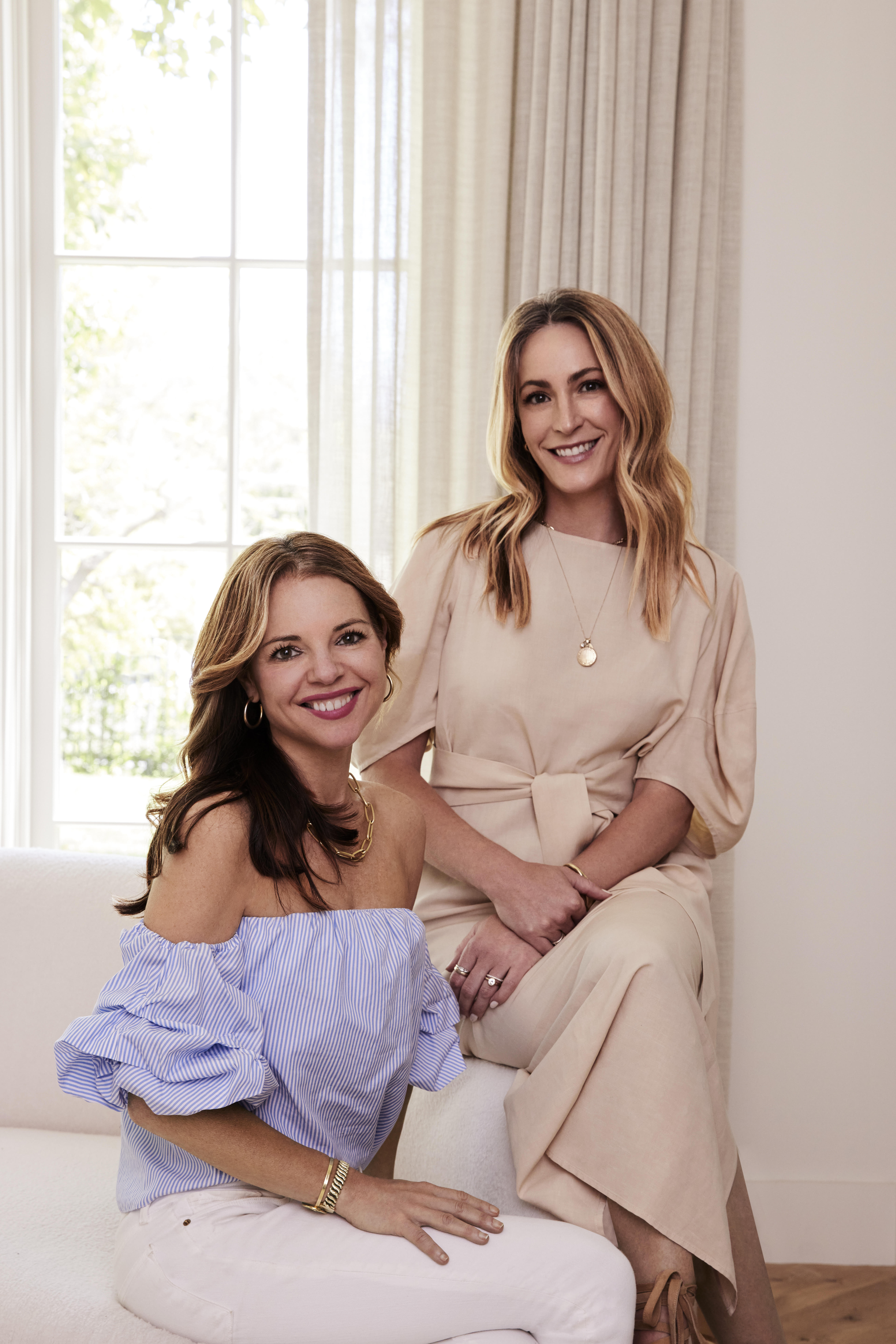
STUDIO LIFE/STYLE is a multifaceted commercial and residential design firm located in Los Angeles, CA. Together Shannon and Brittany have created beautifully curated spaces ranging in size and style to meet specific needs of each client. The talented design team at STUDIO LIFE/STYLE excels at creating contemporary luxury through their refined aesthetic, perfectly balanced with welcoming comfort and functionality.
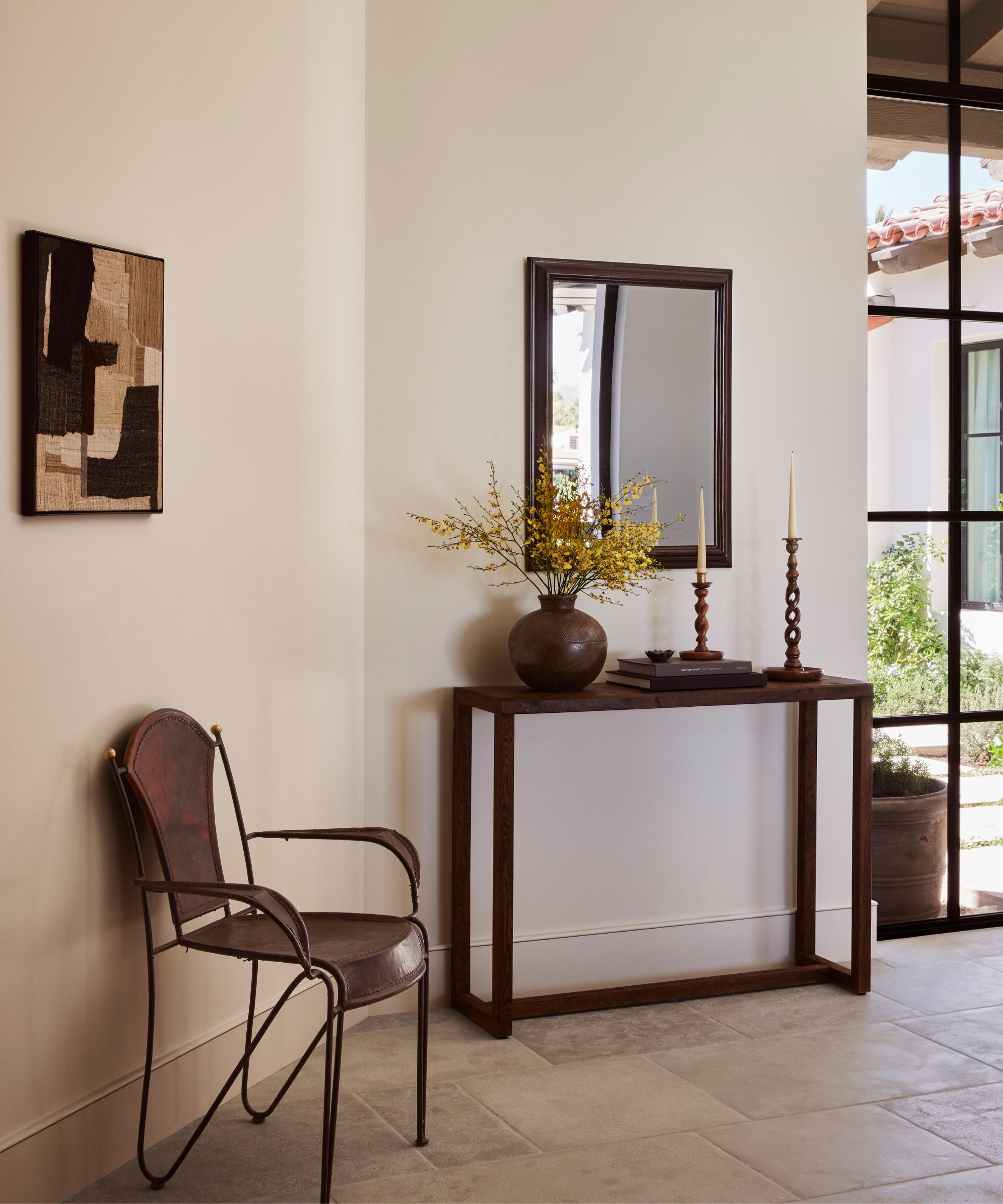
'When you don't have a specific area at the entry, one easy way to create an area for shoes, keys, and bags is to see if you have a good medium to long wall,' advises designer Linda Hayslett from LH.Designs. 'If you have a nice size wall, then an entry table can easily help create an entry for when you come home and dump items off from the day.'
If space is of concern in a small entryway, opt for something slimline or multifunctional pieces with storage to keep the area clutter-free. 'They come in different sizes, but some come with storage, and shelving for shoes and can hold a lot of small items,' Linda adds.
'Be mindful of the scale and proportion of the furniture and accessories you choose,' adds Shannon. 'In a small space, less is often more. Opt for items that fit comfortably within the available space without overwhelming it.'

Linda Hayslett is a Los-Angeles-based interior designer that specializes in residential projects. With a rich fashion and entertainment background, Hayslett moved to LA in 2003 and became a designer after working as a celebrity fashion stylist. Linda was recently named one of House Beautiful's 2020 Next Wave Designer to watch and was 1 of 8 designers for Wholehome 2021.
3. Add in a mirror and some art
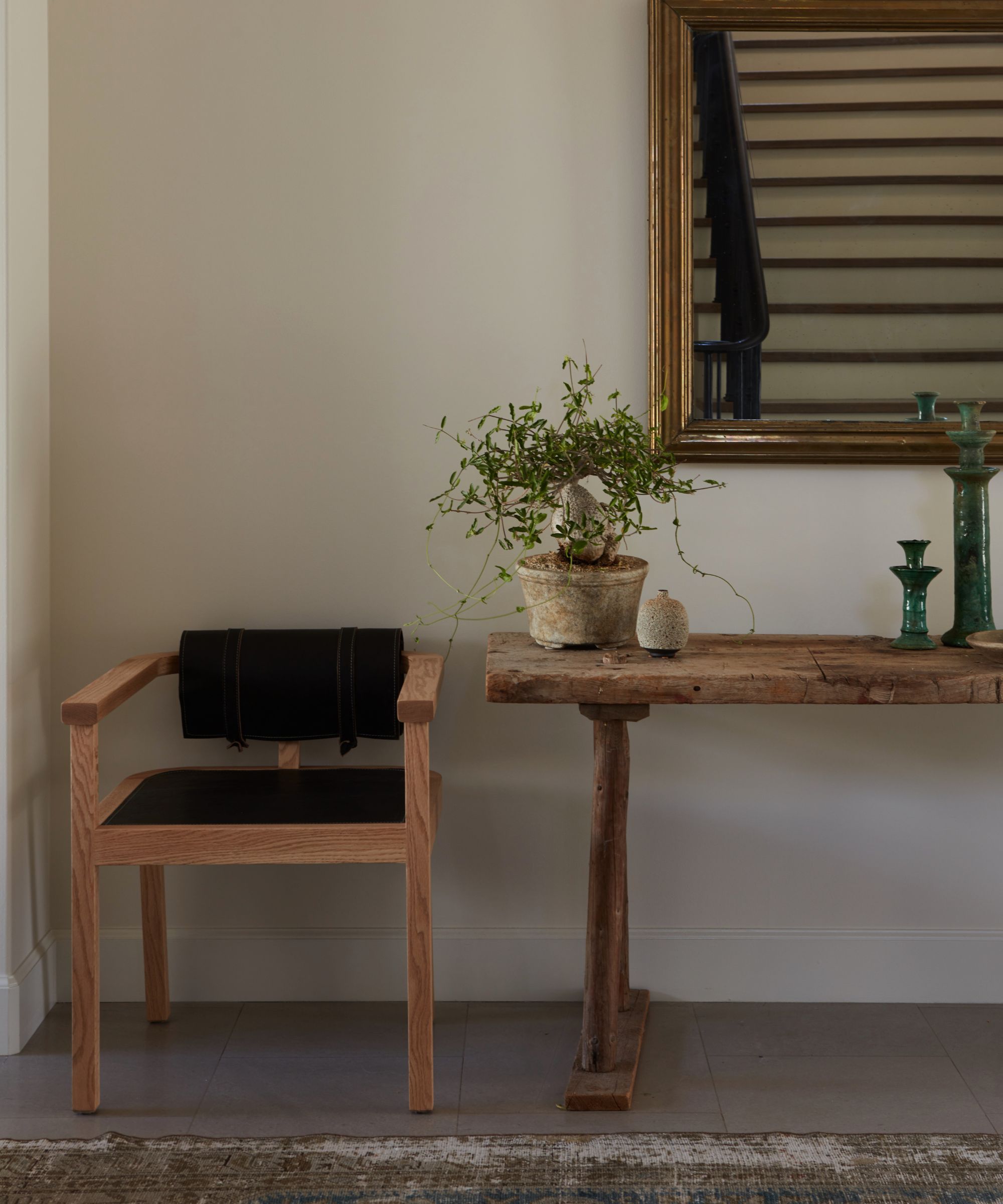
'Go big on an entryway mirror,' advises designer Kristen Fiore, owner and principal designer of Sacramento-based Kristen Elizabeth Designs. 'Make this a design element that you love looking at. Use an oversized mirror to not only reflect you but also as a creative way to trick the eye into making your space look larger,' she adds.
Integrate mirrors to create an illusion of extra space, if required, and enhance natural light in the entryway to make it feel more open and inviting.
Designer Tom Rutt of TR Studio says: 'Defining an entryway space can be as simple as placing a dedicated piece of freestanding furniture to demarcate an area. A statement mirror and slim console table will immediately read as a place to set your keys and zone your hallway when you don’t have a designated entryway,' he advises.
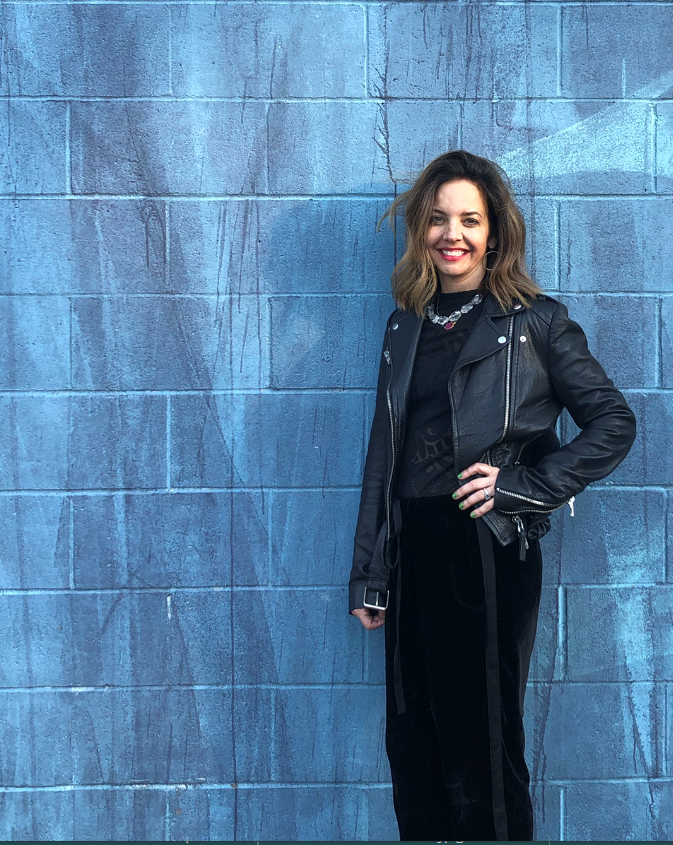
Kristen Fiore, owner and lead designer of Kristen Elizabeth Design based in Sacramento, California Kristen Fiore, the founder of Kristen Elizabeth Design, is a talented interior designer with a lifelong passion for design. Growing up near New York City, she was immersed in a rich environment of inspiration and resources. She honed her skills and gained valuable experience in New York before moving to California.

'Art provides the mood', says designer Anne-Marie Barton. 'It delivers the tones for the rest of the house, providing a philosophy of your home decor style and your family,' she adds.
If a large mirror isn't to your taste, or you want to be more maximalist in your wall decor approach, decorating with art is your friend. Choose a statement piece or an entire gallery wall that will help to zone your entryway space (particularly great for a corner or nook). If your hallway walls flow up your stairs, a mix of artwork and photographs can be a stylish way to decorate staircase walls and connect the two spaces.
4. Zone the space with a rug
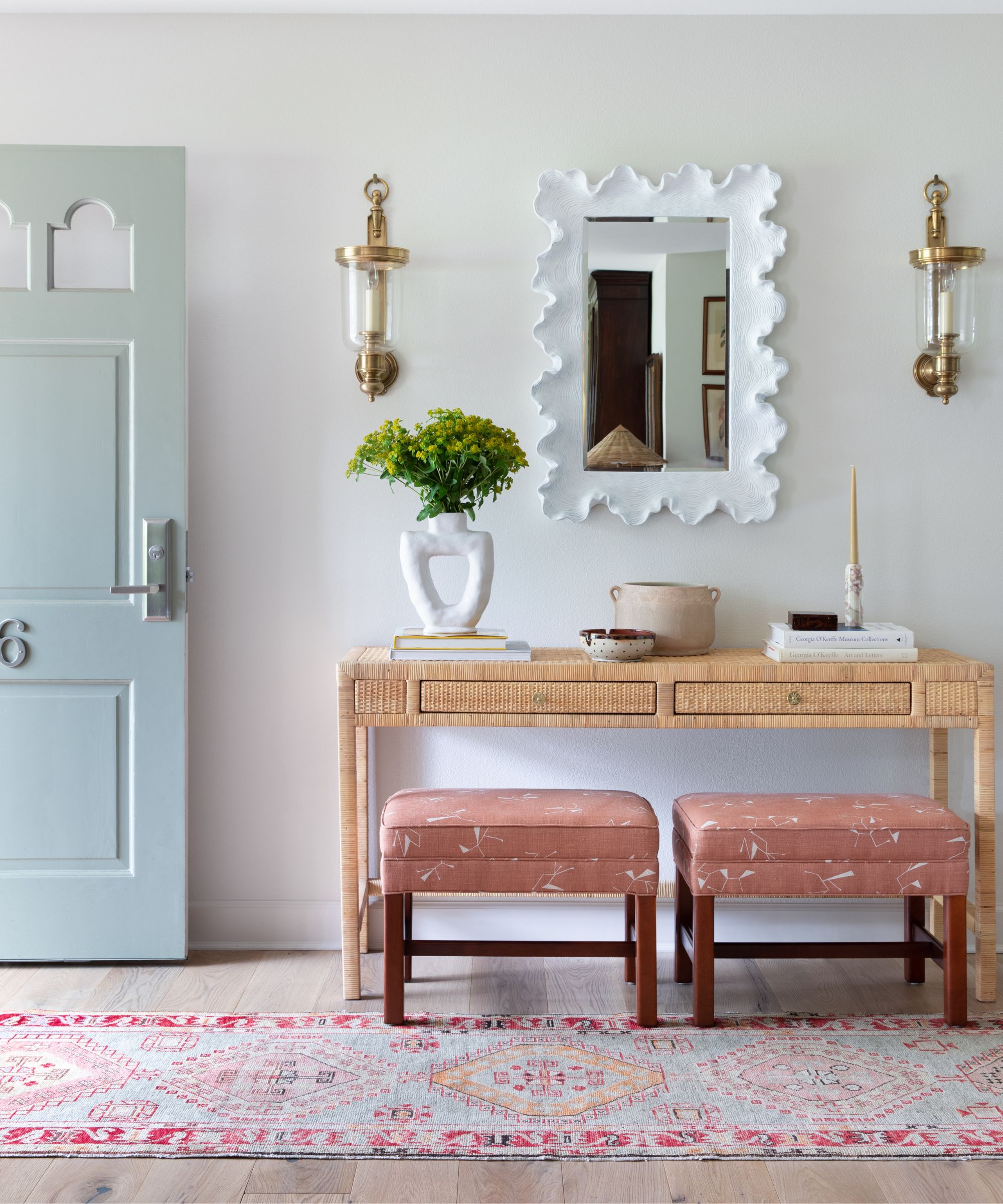
Don't underestimate the power of rugs to define a space. A well-chosen rug can add texture, color, and personality to your entryway. Setting down a rug in that area will make it feel like a unified, separate zone.
'Without a physical hallway you can draw your guests in using linear rugs and runners, this helps to guide people and zone your entrance way,' says Homary's Lauren Zeng. 'The addition of the rug helps to further clarify that this IS, in fact, an entryway,' agrees designer Shannon Eddings.
'A rug injects essential warmth and creates a more defined sense of space while light fixtures set the tone for your aesthetic,' adds Anne-Marie Barton.
5. Employ custom cabinetry for storage
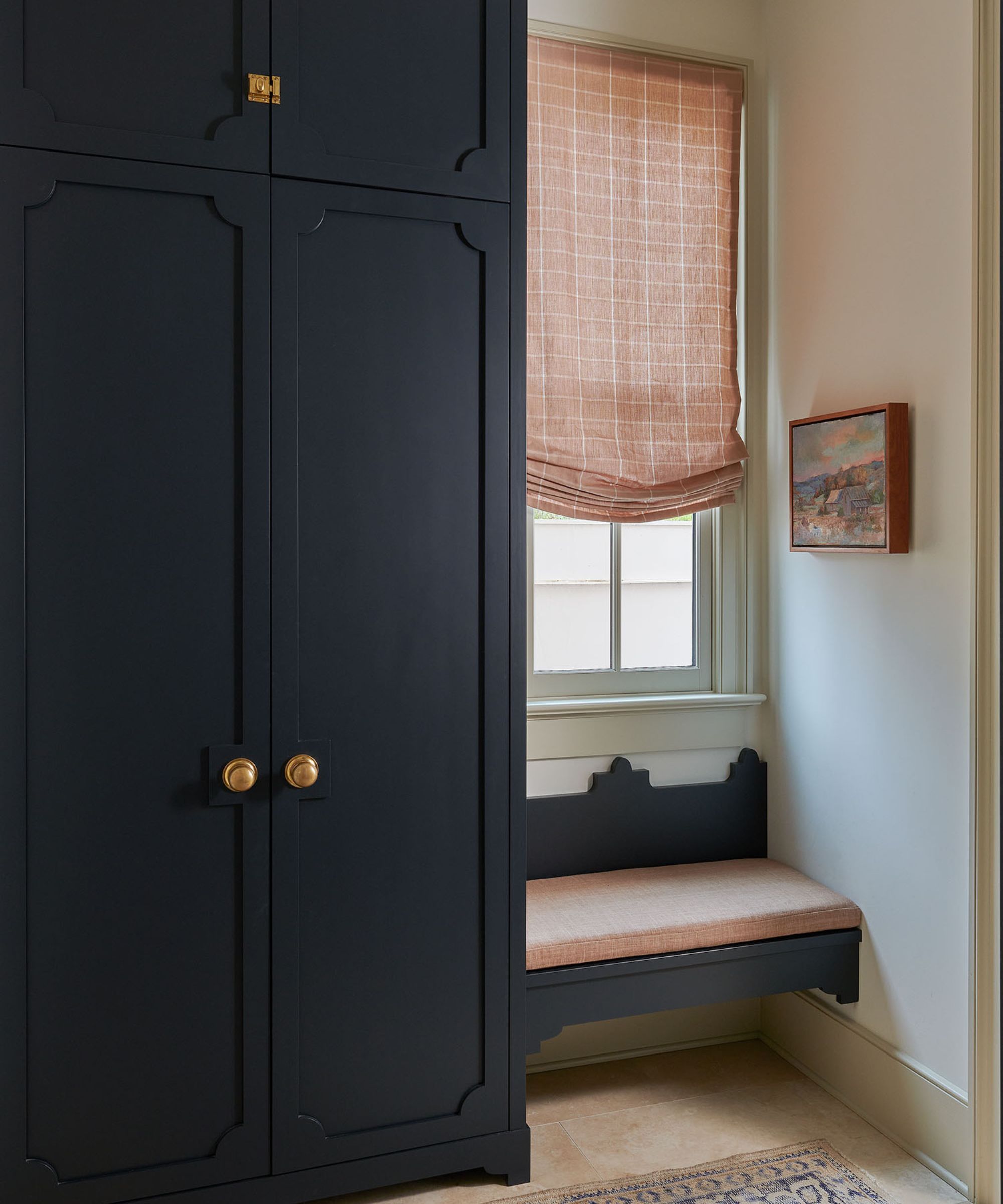
If you're dreaming of a mud room or boot room but just cannot find the space in your home layout, bespoke cabinetry is the way forward. 'Custom cabinetry is always a great idea if you have a larger family, an awkward space, and/or specific needs,' advises Linda Hayslett. 'Having something that is custom made for the home and your family can really help with storing all those shoes that get dumped off at the entry,' she adds.
'Think about incorporating customized storage solutions that can provide ultimate organization for your daily needs,' agree Katie Logan LeBlanc and Jesen Killen, founders of design firm Logan Killen Interiors. 'And have fun! These small transition spaces can pack a lot of personality and help set the tone for the spaces beyond.'
Not only does this afford you a fun design opportunity, but floor-to-ceiling cabinets for coats, bags, shoes, etc, keep adjacent rooms clean and organized. Plus, if you're going fully bespoke, include a seating spot to put on or take off shoes. 'Add seating in the cabinetry so that way you have a fun spot for anyone to easily put on their shoes and grab things quickly from the closet you just added to the entry,' says Linda.
6. Don't forget practical things like coat hooks and a doormat
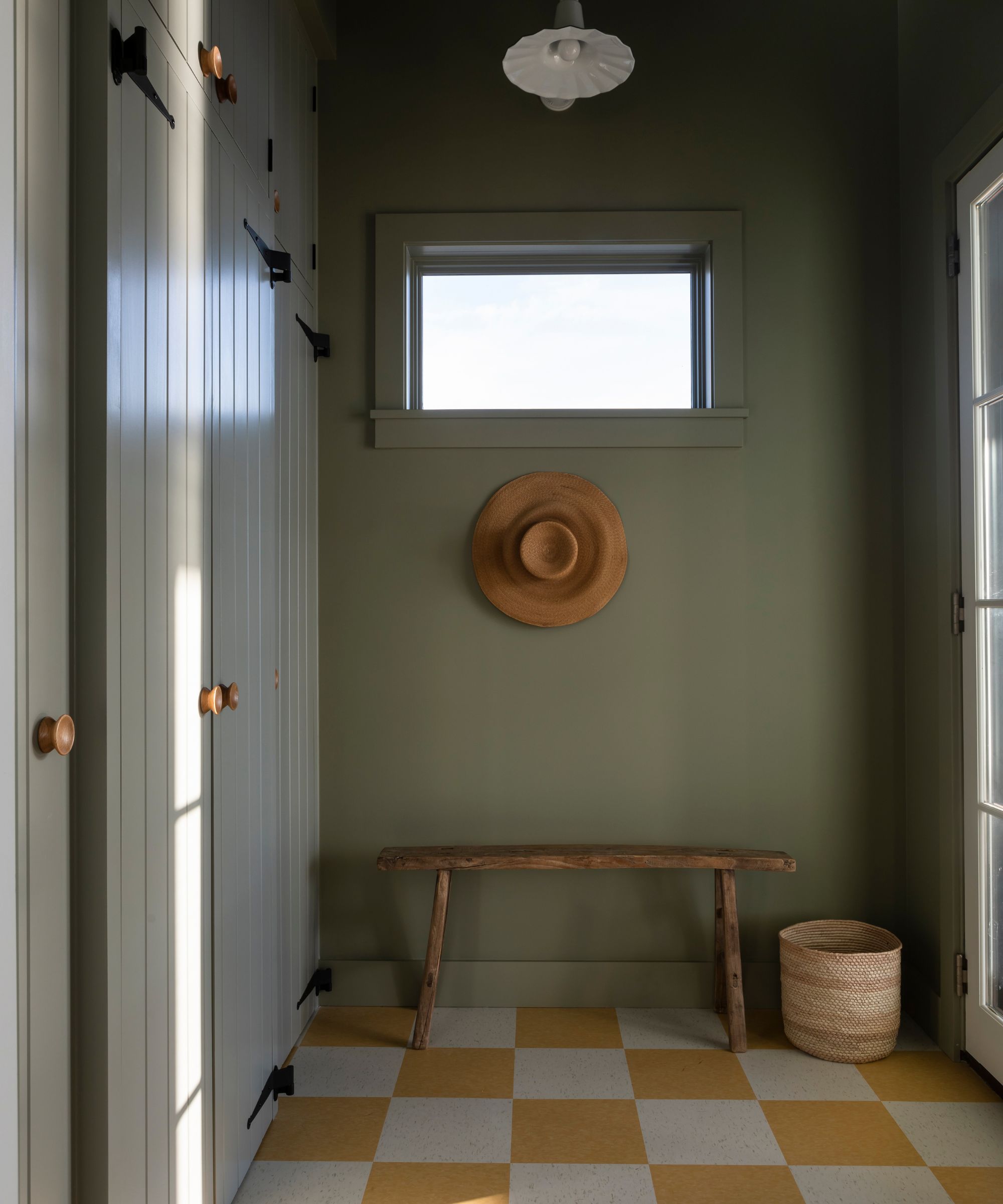
Incorporate shelves, hooks, and baskets for efficient storage of shoes, coats, and accessories. 'Create an entryway feel by first investing in practical pieces like a doormat, coat hooks, and an entry bench or console if you have the space,' advises designer Kathy Kuo. 'These functional pieces set the tone that this is a threshold and an area for transitioning from the outdoors in,' she adds.
'Two very important items in an entryway are a place to put your keys or handbag, a place to check your style before heading out the door, and a place for shoes and or jackets,' agrees designer Kristen Fiore.
Try vertical storage in a small corner or nook as they free up your floors and keep everything neat. 'If you are really limited on space, consider a few pegs or wall hooks that are stylish to hang jackets and umbrellas,' adds Kristen.
By following these tips, you can turn any space into a well-designed and functional entryway, proving that a lack of a traditional foyer is no barrier to making a grand entrance. Get ready to redefine the first impression your home makes with useful advice from expert interior designers.

Charlotte is the style and trends editor at Homes and Gardens and has been with the team since Christmas 2023. Following a 5 year career in Fashion, she has worked at many women's glossy magazines including Grazia, Stylist, and Hello!, and as Interiors Editor for British heritage department store Liberty. Her role at H&G fuses her love of style with her passion for interior design, and she is currently undergoing her second home renovation - you can follow her journey over on @olbyhome
